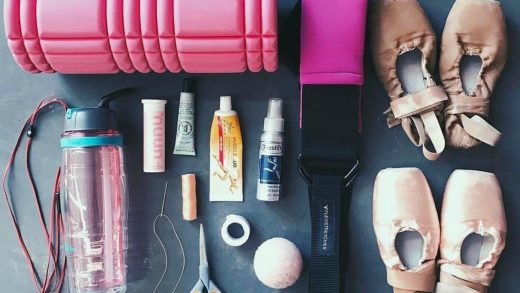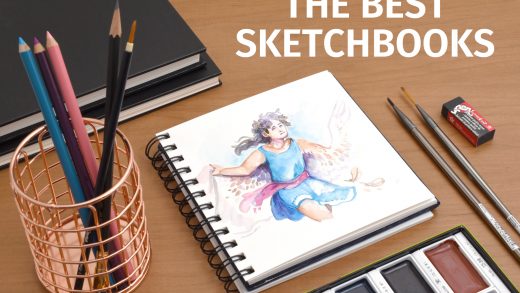Mastering the Art of Painting: A Guide to Using Art Panels for Stunning Results
In the journey of creating art, the surface you choose is more than just a backdrop—it’s the stage where your creative expression takes centre stage. While brushes and paints often steal the spotlight, the choice of surface can significantly influence the outcome of your artwork.
Canvas panels have become a preferred choice of many artists, offering a unique blend of stability, durability, and versatility that can elevate your work to new heights. In this guide, we’ll delve into the world of panels, exploring what they are, the different types available, and how to choose the right one for your project.
Contents
What Are Art Panels?

The art panel is a rigid surface made from materials like wood, MDF (Medium-Density Fibreboard), or hardboard, providing a sturdy and stable foundation for various painting mediums. Unlike traditional canvases, which are typically stretched over a wooden frame, the art panels offer a solid surface that’s flat and resists warping and sagging over time. This makes them an ideal choice for artists who require consistent texture and durability in their work.
Types of Panels
When it comes to canvas panels, there are several types to consider, each offering unique characteristics suited to different artistic styles and techniques:
- Gessoed Panels: These panels come pre-primed with gesso, a white paint mixture that provides a smooth, ready-to-paint surface. Gessoed panels are popular for their convenience and ability to hold paint well, making them a go-to choice for both beginners and professionals.
- Cradled Panels: Cradled panels have a wooden frame attached to the back, providing additional support and preventing warping. The frame also adds depth, making these panels easy to hang without the need for a separate frame. Cradled panels are ideal for artists who want to create work that stands out from the wall, adding a three-dimensional element to their pieces.
- Unprimed Panels: For artists who prefer to prepare their own surfaces, unprimed panels offer complete control over the texture and finish. These panels can be coated with gesso, varnish, or other primers, allowing for customisation to suit specific techniques or styles.
- Canvas Panels: While not as rigid as wood or MDF panels, canvas panels are made by adhering canvas to a panel surface. They offer the texture and feel of traditional canvas with the stability of a panel, making them a versatile option for artists who want the best of both worlds.
Advantages of Using Panels
Using painting panels offers several benefits that can enhance your painting experience and the longevity of your work:
- Stability and Durability: These art panels provide a stable surface that resists warping, making them ideal for detailed work and techniques that require precision. Their durability ensures that your artwork will stand the test of time, maintaining its quality for years to come.
- Smooth Surface: The smooth texture of paint panels allows for fine brushstrokes and detailed work, making them a favourite among artists who specialise in realism or intricate designs.
- Versatility in Mediums: Canvas panels are compatible with a wide range of mediums, including oil, acrylic, gouache, and mixed media. This versatility makes them a valuable addition to any artist’s toolkit.
How to Choose the Right Art Panel for Your Project?
When choosing the right panel for your project out of a range of options, it’s important to think about a few key things to have in mind:
- Size and Thickness: Consider the size and thickness of the panel based on the scale of your project. Thicker panels offer more stability, especially for larger works, while thinner panels are lightweight and easier to transport.
- Surface Preparation: Depending on your artistic style, you may want to choose a panel with a pre-primed surface or one that allows you to customise the texture. If you’re working with a specific medium, ensure that the surface is properly prepared to enhance the adhesion of the paint.
- Cradled vs. Uncradled: Decide whether you need a cradled panel with a built-in frame or an uncradled panel that you can frame yourself. Cradled panels add depth and dimension to your work, while uncradled panels offer more flexibility in presentation.
- Material: The material of the panel can affect the weight, texture, and durability of your artwork. Wood and MDF panels are sturdy and long-lasting, while canvas panels offer a traditional feel with added stability.
Conclusion
In painting, the surface you work on plays a big role in shaping your final piece. Paint panels stand out for their blend of stability, durability, and versatility, making them a go-to option for artists at any level.
Whether you’re using oil, acrylic, or mixed media, these panels offer a smooth and dependable surface that lets your creativity truly shine. By getting to know the different types of panels and picking the right one for your project, you can elevate your art and create something truly remarkable.

















